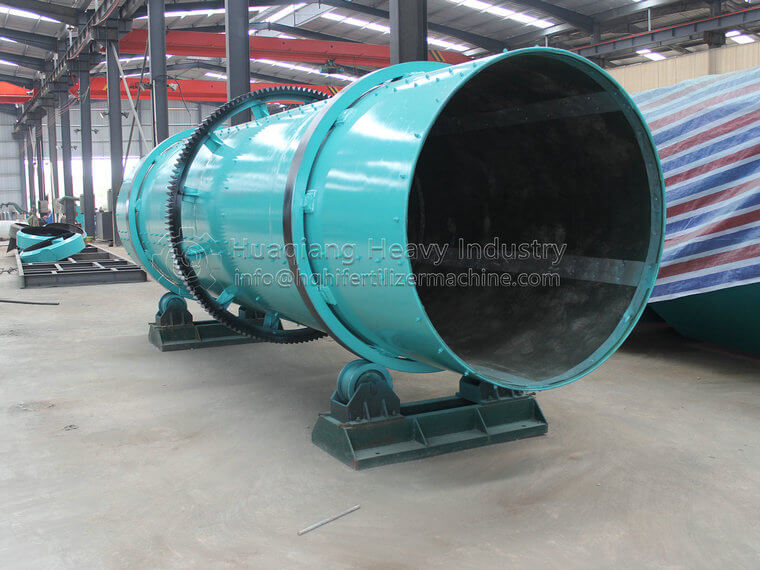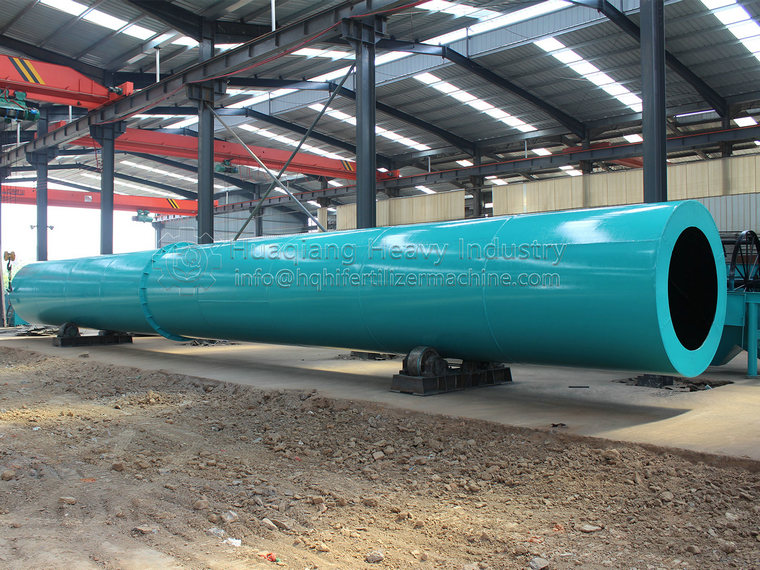During the production of powdered organic fertilizer, it mainly adsorbs dust and floating substances floating in the air. When harmless treatment of livestock and poultry manure is carried out, aerobic stack fermentation is generally used. That is to say, in general stack fermentation, it is important to avoid wind and rain during fermentation to reduce organic matter. Therefore, before fermentation, it is necessary to build a rain shelter and stack fermentation tanks.
The chicken manure composting and fermentation overturning machine adds fermented and matured bacteria to produce exquisite organic fertilizer through composting engineering technology. The daily processing of chicken manure as raw material using organic fertilizer fermentation equipment can reach 333 tons, with a water content of 60%. The first stage aerobic composting product is exquisite organic fertilizer, which is brown or grayish brown powder material and can be directly sold after being packaged in plastic woven bags. The second stage product is organic-inorganic compound fertilizer, By adding an appropriate amount of inorganic nutrients to the refined organic fertilizer seeds, a granular compound fertilizer is formed through a mixer, granulator, and drying mechanism.
The chain plate tipping machine is suitable for the aerobic composting of organic solid waste such as livestock and poultry manure, sludge waste, straw, etc. The walking system of this machine adopts variable frequency speed regulation, has good adaptability to different materials and stable operation, high tipping efficiency, and can perform deep groove operations, effectively shortening the fermentation cycle, improving production efficiency and product quality. The variable frequency speed regulation walking system is adopted, It can adapt well to changes in workload. The walking speed can be flexibly adjusted according to the material resistance situation, making the equipment more adaptable and flexible. It can be equipped with a mobile crane to achieve multi tank equipment operation. Under the conditions of equipment capacity, just adding a fermentation tank can expand the production scale and improve the equipment’s use value.

.jpg)

.jpg)



.jpg)
.jpg)